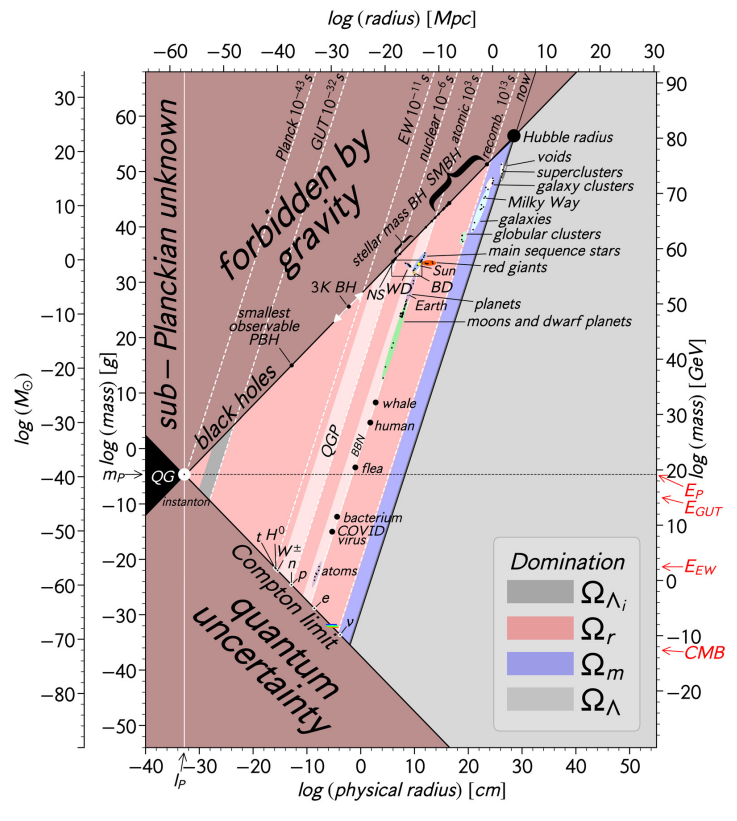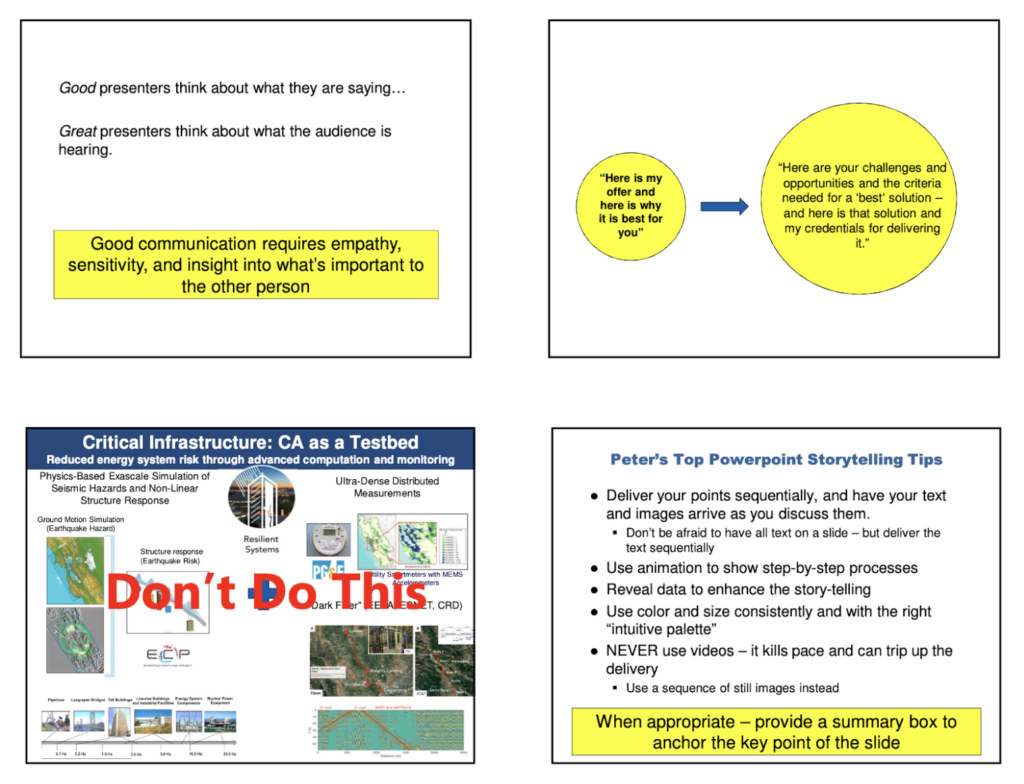Resources on writing and presenting
Scientist lean many things while they study their subject, but never formally learn how to make a good presentation. Here’s a few resources that can be helpful to get started.
Making a presentation to an audience is important to get your ideas through, and while communication is a basic human trait, communicating effectively requires some thoughts (TED talk speakers go through a thorough training to get their point across.)

Don’t trust Tufte, go for gold
Someone who has a good resource is Jean-luc Doumont – he’s a regular speaker at the lab and Stanford, and a contributor to Nature and other publications. Here’s a few resources available online:
https://www.principiae.be/X0302.phpAnother interesting speaker is Peter Fiske, who also made a few presentations at the lab; I’m enclosing his slides from some time ago (another interesting but unrelated talk by him is
In general, the workshops for postdocs are really good, and should be attended:
Here are a few things learned, for the use of postdocs where one can easily drown everyone else. These are based on my experience, but there are many resources around the web to draw from.
Some practical presentation rules
(These are stretch goals; I rarely follow these rules myself, but they are useful if you don’t know where to start.)
Use 16:9 format (these days most presentations are online, and most screen are wide)
Start with an outline.Often, using the title to summarize the main point of the slide is a good use of the title.No text should be smaller than 18pts.Use animations sparingly, to expose your thoughts point by point. Avoid fancy animation or transition between slidesNo more than one slide per minute (if there’s more, you can probably merge a few points)The presentation should be self-contained. You should be able to print your slides and it should somehow make sense (you should be able to export it as a pdf.) All information must be ready to be shared, or explicitly mentioned on the slide (“confidential.”)Use credits for figures, and feel free to ask collaborators if you can use their figuresYou must have a conclusion slide (you are trying to make a point or make a decision; what did you learn and what point should you take into account.)The last slide should be fairly neutral, because it will often stay after the presentation. A nice image is good, but no animation.For a full contained presentation, make sure it answer these questions:
- Background: What issues led to this work? What is the environment that makes this work interesting or important?
- Aim: What did you plan to achieve in this work? What gap is being filled?
- Approach: How did you set about achieving your aims (e.g., experimental method, simulation approach, theoretical approach, combinations of these, etc.)? What did you actually do?
- Results: What were the main results of the study (including numbers, if appropriate)?
- Conclusions: What were your main conclusions? Why are the results important? Where will they lead?
Ask yourself if the slide is necessary
No graphics should be without units. Absolute no!Never rely on outside software for a presentation, use screenshots instead
(1. you never if it will work the day of the presentation 2. Changing software distracts the spear)Corollary: Never use videos (they often don’t work, and they are not worth); You can use gif if needed, but beware they may distract from the important informationBeware that high or low contrast pictures may not show wellAvoid using the border of the slides (they may get cut if the screen is too small, or if projector resolution is not what’s expected.)Feel free to break the template. Full screen image are good to bring back the attention of the audiencePrepare your introduction (thanks for being here, I want to talk about this, a joke is welcome to get the attention of the audience.)Rehearse out loud, to see where logical points are missing. Rehearse with someone, to get feedback on the rhythm, the content and typos.Rehearse always. When you present to ten people, one minute lost is effectively 15 minutes lost. Their time is more important than yours. Rehearsing three times does not take too long, an hour at most. First time to improve the flow, second time to get the rhythm, third time to gain confidence (can all be at different stages of completion.)

A few bits of advice from Peter Fiske

